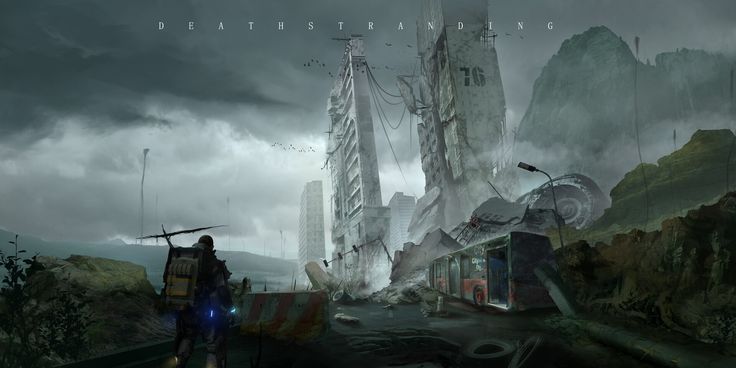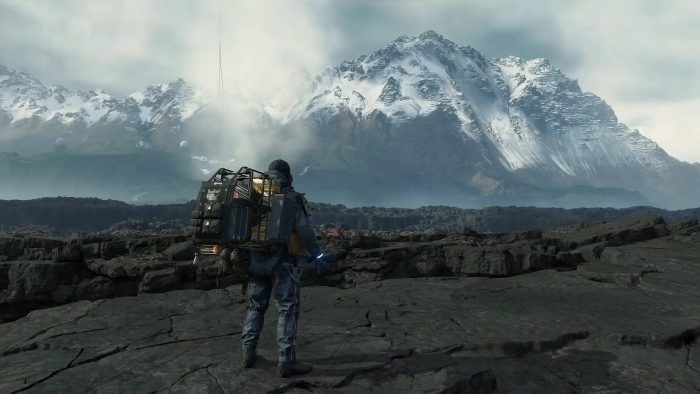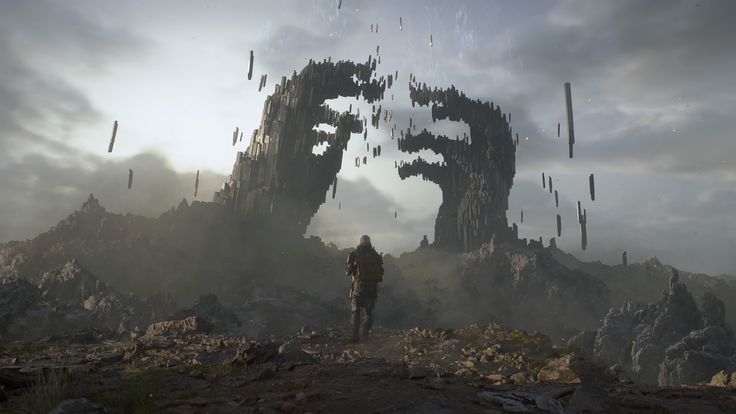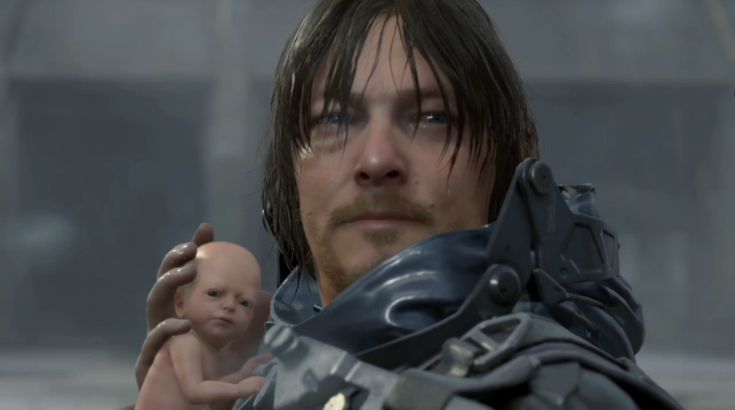The Insane Environmental Details of Death Stranding — From Footprints to Moss
Introduction
When you step into the world of Death Stranding, it doesn’t just feel like a game —
it feels like a living, breathing planet. The first time you set foot on that desolate, rain-soaked
terrain, you realize something special: every rock, every blade of grass, every glistening patch of moss
is crafted with obsessive care. It’s not just about looking good;
it’s about making you feel the weight of Sam’s lonely journey across a fractured America.
The environment speaks. Those faint footprints fading behind you aren’t just marks in the mud
— they’re a memory of your struggle,
a quiet reminder of every step you’ve taken to reconnect a
broken world. Then there’s the moss, vibrant and slick under the endless timefall, clinging to
jagged cliffs as if nature itself refuses to give up. And the rain… oh, the rain. It doesn’t
just wet your clothes; it ages everything it touches, telling its own haunting story.
Death Stranding isn’t just visually stunning — it’s immersive in a way that makes you stop,
breathe, and admire the smallest details. These aren’t random textures.
They’re the soul of a game that turns walking into an art form.

The Insane Environmental Details of Death Stranding: From Footprints to Moss
When you first step into the hauntingly beautiful world of Death Stranding, you immediately feel it — the raw, desolate beauty that stretches beyond the horizon. It’s not just a game world; it’s an experience that demands you slow down, breathe, and absorb every detail. And trust me, the details in this game are insane. From the fading footprints behind Sam to the moss clinging desperately to rocky cliffs, every inch of the landscape tells a story.
Footprints That Remember Your Journey
The first time you leave footprints in the muddy terrain, it feels like a small touch — until you notice they stay. They don’t just vanish like in other games. They linger, marking the path you’ve carved through this harsh wilderness. Other players can even follow those same prints in their own worlds, turning something as simple as a footprint into a symbol of connection. It’s subtle, but it reinforces the game’s core theme: that even the smallest action can ripple outward, affecting others.
Moss and the Beauty of Timefall
Then there’s the moss. You might not think about moss in most games — it’s usually just part of the scenery. But here? It glistens under the relentless timefall rain, looking so real you almost want to reach out and touch it. The way it clings to stone, the way it thrives despite the harshness of this world — it’s a quiet reminder that life endures, even when everything else feels broken. And the timefall itself? It’s not just rain. It’s a mechanic that literally ages everything it touches, including plants and your cargo, giving the world a sense of fragility and constant change.
A World That Breathes With You
What makes these details so powerful is how they pull you into the experience. Death Stranding doesn’t just give you a map and say, “Go.” It makes you feel every step — the weight on your back, the strain in your legs, the wind cutting through an empty plain. You stop on a ridge, catch your breath, and look out at a landscape that feels alive. Even the smallest details — swaying grass, wet rocks reflecting light, a river rushing after the rain — combine to make the world feel real and uncomfortably lonely.
Why These Details Matter
In an era where most games aim to impress with sheer spectacle, Death Stranding takes the opposite approach: it invites you to notice the little things. It’s in the footprints that fade over time, in the moss that clings to life, in the way the environment shapes your every decision. These aren’t just background elements — they’re part of the story, part of the emotion. And honestly? That’s what makes this game unforgettable.
More articles from the world of Nier
🎧 Dive Into the Unknown
I’ve recorded a special podcast exploring one of the many deep theories from the world of Nier. While it’s the only episode for now, there’s so much more to discover in the articles below—until the next voice finds its way to you.


















